How To Stop Your Dog From Chewing All Your Stuff
by dogtoyadvisor | Last updated on November 18, 2020
We only review products we tested ourselves. We have affiliate partnerships, so we get a share of the revenue from your purchase.
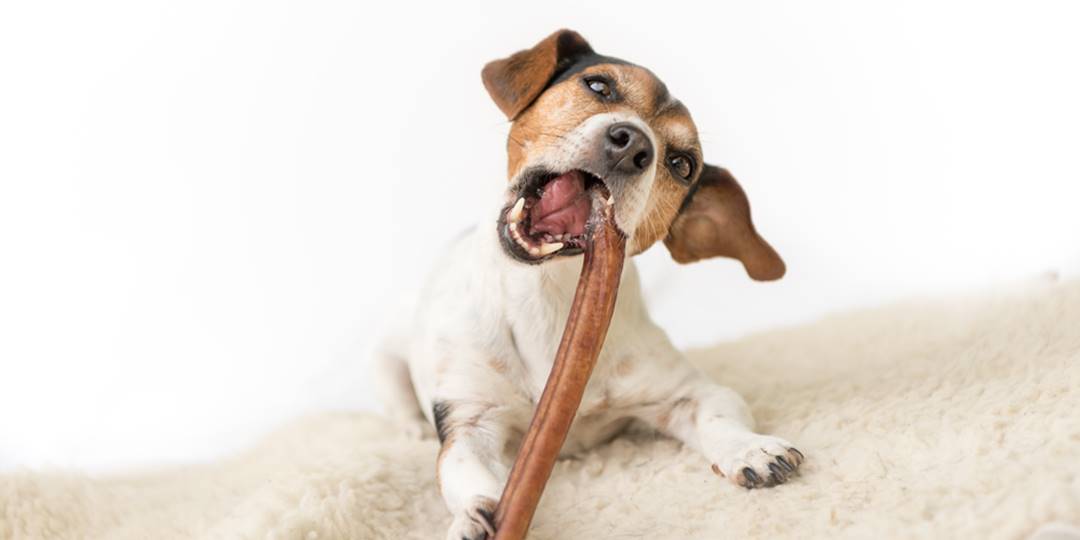
Ever happened to you?
You get home after a long day of work to find your dog decided to remodel your home… with his teeth.
Your belongings are destroyed and you don’t know if your dog swallowed something that might harm him.
You go from the expectation of a quiet night at home with a sleepy dog on your lap to a night of cleaning up and maybe an emergency vet visit.
Why Destructive Chewing Can Be Dangerous
We’ve mentioned the danger of dogs swallowing foreign objects, sharp objects can cut his insides but can also block their stomachs and bowel.
But they can also break a tooth or even choke.
Either way, it puts your dog’s life at risk and must be avoided at all costs.
Dogs Need To Chew
Dog chewing is only destructive is the dog is chewing something he shouldn’t.
All dogs need to chew, either when they’re puppies teething or when they’re adults.
Chewing calms them down, helps fight boredom and is actually healthy for their teeth and gum.
Plus it’s fun!
15 Ways To Stop Your Dog’s Destructive Chewing
As we’ve made clear, curbing your dog’s destructive chewing is a matter of safety and health, apart from the obvious destruction and expense.
We’ve researched long and hard how to stop it and we’re confident that these easy tips will work great for you too!
1 – Dog Proof Your Home
You’ve probably dog proofed your home somewhat, particularly if you have a puppy in your household.
But go a step further.
Go around your home and try to look at it through your dog’s eyes. What is most probable to draw his attention? What will he be drawn to?
2 – Give Your Dog Other Chewing Options
We’ve already established dogs need to chew, but it doesn’t have to be something he shouldn’t.
Get him the best chew toys he can have at his disposal at all times.
Pick something sturdy, something he can’t destroy in minutes.
Our dogs have several chew toys but none is as loved and as effective as this one:
It has the perfect shape for them to be interested for a long time but also carry it with them.
And the grooves not only make it fun for the dogs but are also a great tool for cleaning their teeth and gums.
3 – Make Sure Your Dog Isn’t Hungry
This goes without saying. A hungry dog chews on whatever he can find.
We’re not saying you’re not feeding your dog, we’re asking if he’s eating the right amount for his weight.
Also, some dog foods don’t have enough nutritional content to keep your dog satisfied, meaning you can be giving him a big amount and he’ll still feel hungry.
4 – Use Repellents
This is a trick as old as time.
If what your dog is trying to chew tastes bad, he’ll probably leave it alone.
This is particularly effective for puppies, adult dogs can sometimes be a bit more stubborn.
Lemon is the best flavor for a repellent.
Just spray the area with the repellent and watch your dog give it a go.
5 – Exercise Your Dog
If your dog hasn’t exercised and is panting or showing altered breathing, he’s probably in pain.
Shallow breathing can also mean they’re feeling pain and can’t take deeper breaths.
6 – Fight Your Dog’s Boredom
Boredom is the number one reason that leads your dog to chew destructively, particularly when they’re home alone.
You need to think of clever ways to keep your dog busy and mentally stimulated.
We have a few puzzles but we find that the thing that keeps them most entertained is a Kong filled with good stuff.
There are a lot of options you can use as Kong Fillers, from frozen fruit to canned food mixed with treats, the sky is the limit!
7 – Make a Vet Appointment
If your dog begins chewing on your furniture or other belongings all of a sudden, it may mean he’s in trouble.
First of all, he may be experiencing some sort of teeth problem that’s causing him to chew to relieve the pain (natural is he’s a puppy teething, an issue if he’s an adult).
Or maybe he’s suffering from separation anxiety.
While there are some tips you can try to deal with your dog’s separation anxiety, if everything else fails, a vet can give your further insight on how to help your dog.
8 – Give Your Dog Loads of Attention
Dogs can sometimes become destructive when you don’t pay enough attention to him.
You may see it as vindictive behavior but it’s in fact he’s way of communicating to you that he’s feeling sad and misses you.
If your dog is focusing on your belongings specifically, that’s probably what it’s about.
9 – Be Gentle
Whatever you do to curb our dog’s destructive chewing, never ever punish or hurt him in any way to do it.
Positive reinforcement is the only way to train any dog and keep him balanced and happy.
Nervous and scared dogs will only lash out even more, it will not solve your problem.
10 – Use Effective Training Techniques
As we’ve mentioned, positive reinforcement and encouragement is the way to train your dog.
Respect your dog’s pace and remember that success depends more on you than him.
You need to take time to train him and be consistent in what you want him to learn.
11 – Watch What You’re Communicating to Your Dog
You may be reinforcing the destructive chewing behavior on your dog without even knowing it. Do you make a big deal out of it
Display too much emotion?
Your dog may interpret your reactions you playing a game or, in the least, he knows that by doing it he gets your attention.
Or maybe sometimes you use the training and other times you can’t be bothered?
That will never get you the results you want.
Stop and think about your reactions to make sure you’re not part of the problem.
12 – Timing Is Everything
Dogs live in the now, reacting about something after the fact won’t be much use, because he won’t understand.
The best way to train your dog not to chew destructively is to catch him in the act and train him then and there.
13 – Limit Your Dog’s Space
There are some areas of our home with more chewing temptations than others so, until you’re certain your dog has learned not to chew destructively, it’s best that you keep him somewhere safe.
Have you crate-trained your dog?
If he is, than that is the perfect place to leave him while you’re away because he’ll feel calm and safe.
If not, just pick somewhere like the kitchen or the bathroom, leaving him properly settled with a bed and some water if you plan on staying out for more than a couple of hours.
14 – Keep Important Items Out of Reach
You can do this by teaching him some areas of your home are forbidden.
It’s the only way to make sure he’ll never be tempted to chew something that will be either dangerous or really sad for you to lose.
Regarding the places he’s allowed in, make sure you do your best to keep him temptation free.
Leaving food or drink stains on your furniture is sure to attract your dog (and his teeth) like a moth to a flame.
15 – Redirect Your Dog’s Attention
When you catch your dog chewing on something he shouldn’t, a great way to show him what you prefer him to do instead is to redirect you attention.
For example, you catch him chewing on a sock or some slippers, just get his favorite chew toy or a Kong or even some treats of kibble and offer it instead.
Do it often enough and he’ll learn what he’s supposed to chew and what he is not.
Affiliate links / Images from Amazon Product Advertising and iStock
Recommending Reading:

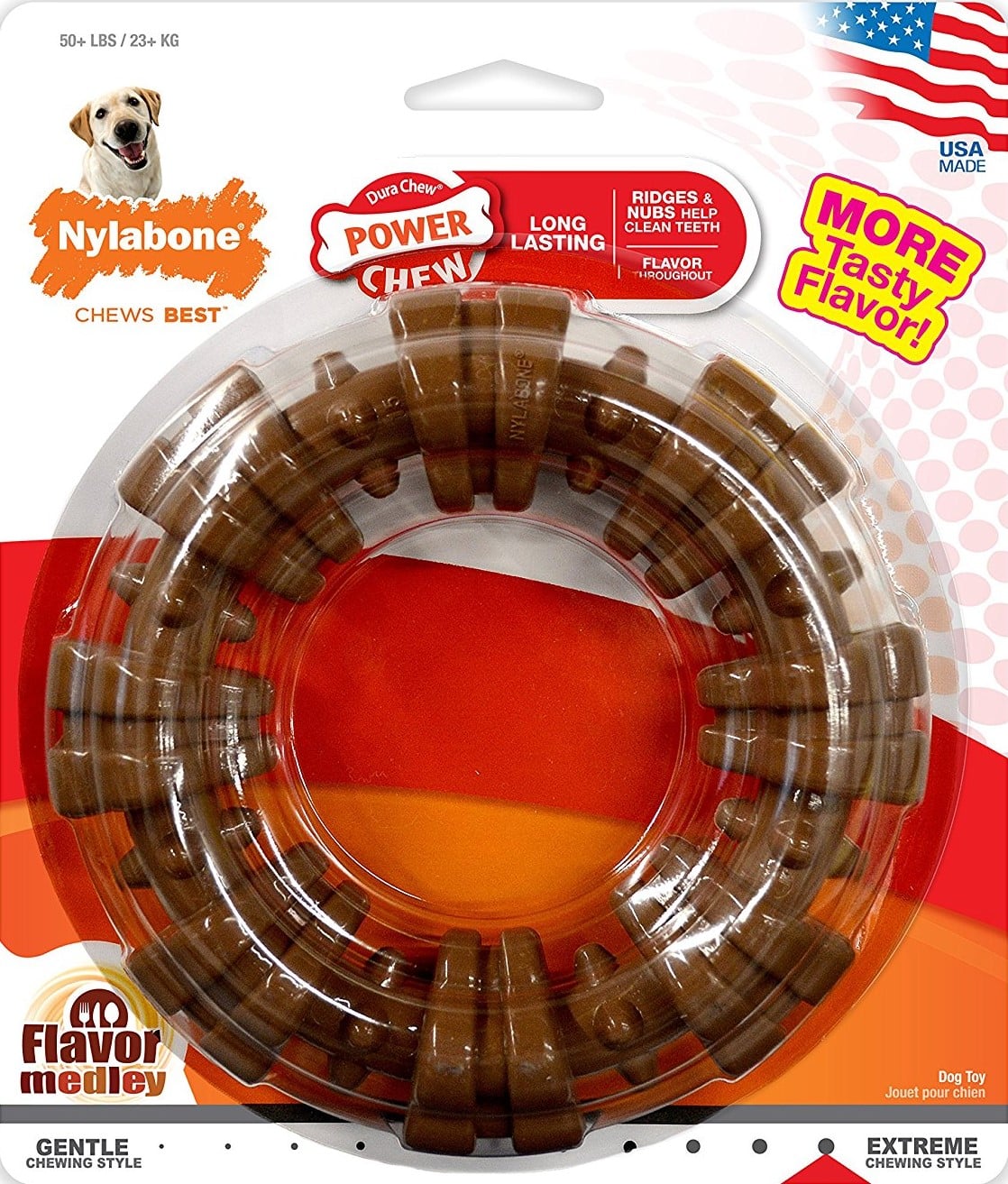
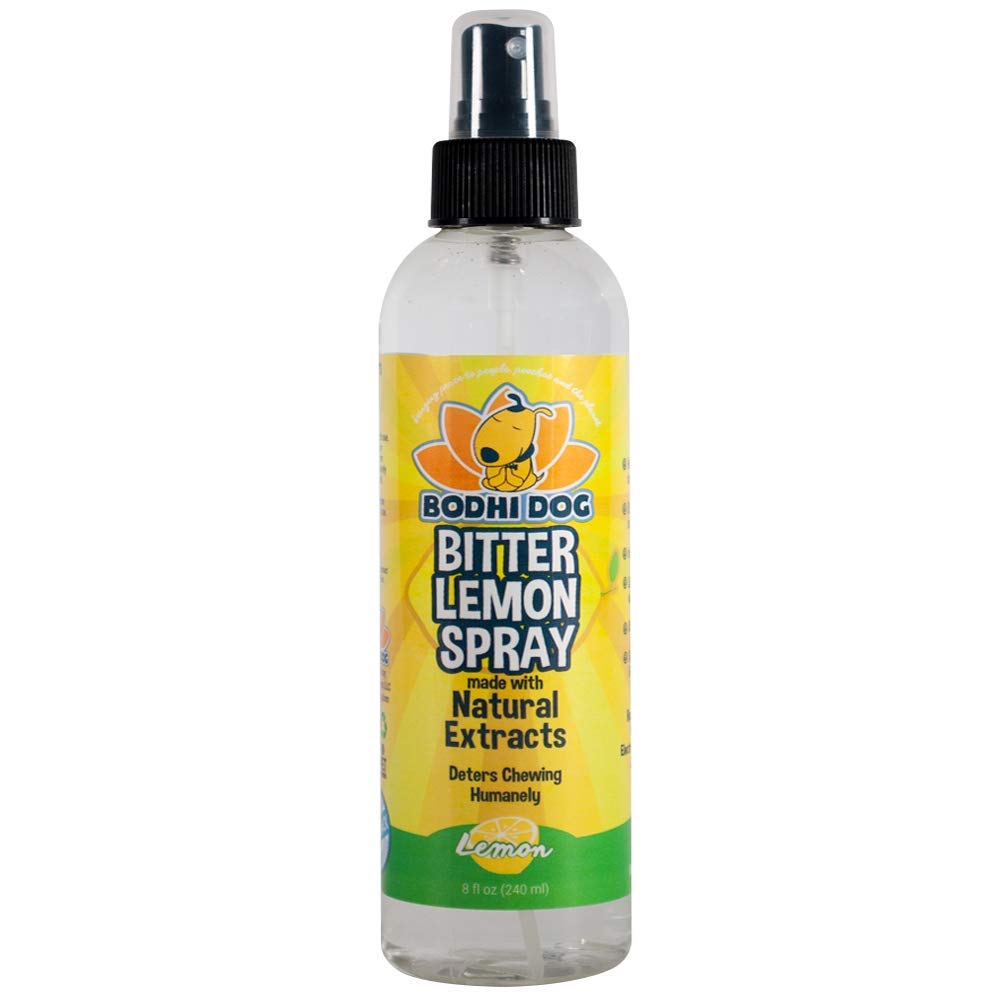
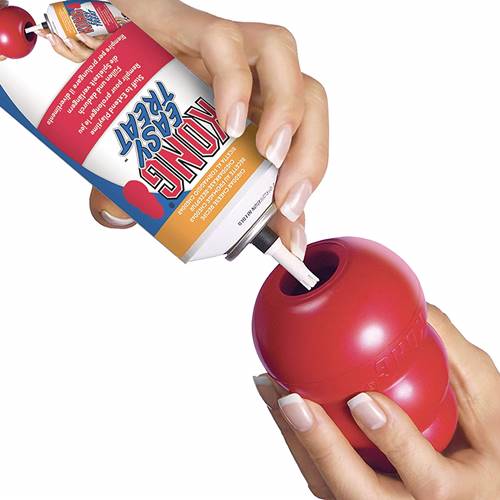
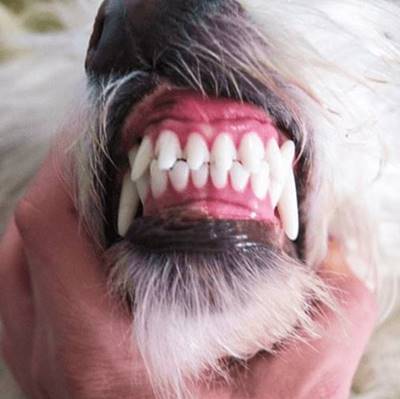
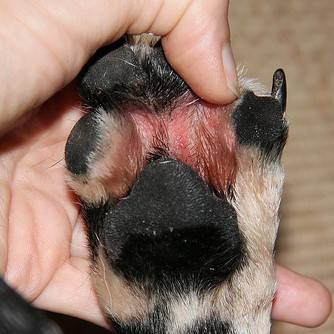
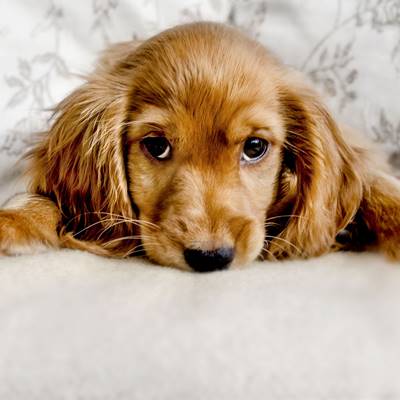
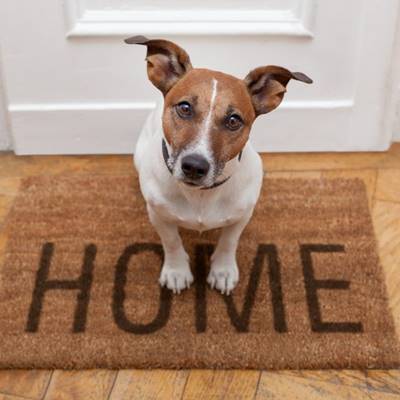
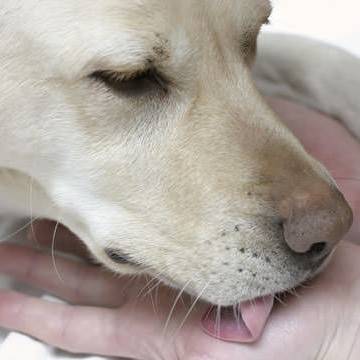
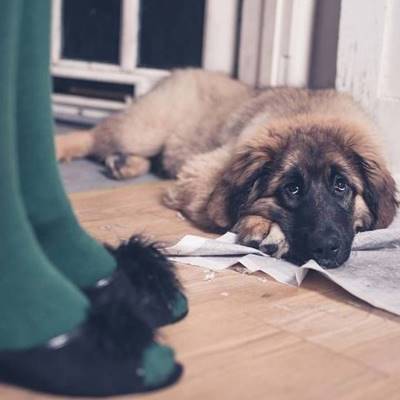

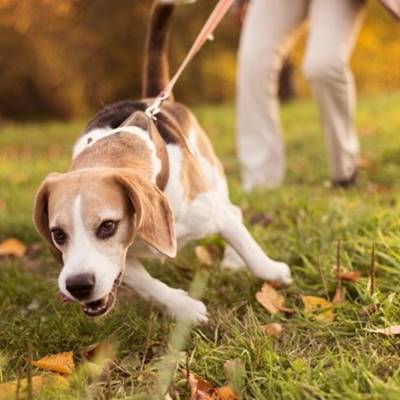
0 Comments